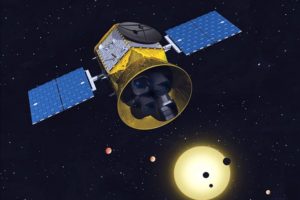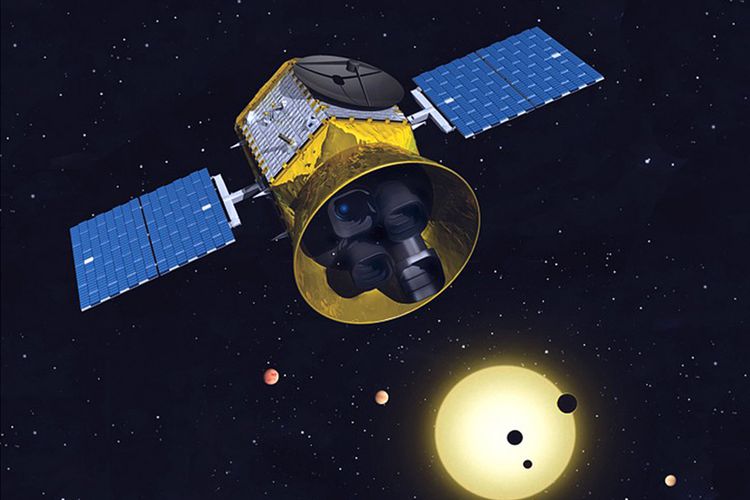
NASA’s New TESS Telescope On A Mission To Hunt For New Worlds Sends First Image
The Transiting Exoplanet Survey Satellite (TESS), the latest planet hunter telescope by NASA, has transmitted the first image it shot as part of its initial round of data collection.

NASA announced in a statement on Monday, that part of the data from TESS’s initial science orbit comprises of a detailed picture of the southern sky taken with the help of all four of the wide-field cameras of the spacecraft.
This image has got details of the wealth that the stars and other objects hold and this includes those systems that were earlier known to have exoplanets.

“In a sea of stars brimming with new worlds, TESS is casting a wide net and will haul in a bounty of promising planets for further study,” said Paul Hertz, Astrophysics Division Director at NASA headquarters in Washington.
“This first light science image shows the capabilities of TESS’ cameras, and shows that the mission will realize its incredible potential in our search for another Earth,” Hertz said.
NASA further said that TESS acquired the image by utilizing all the four cameras within the time frame of 30 minutes period on August 7.
Among other details, the images also have parts of dozen of constellations like Capricornus and Picto and both the Large and Small Magellanic Clouds. These galaxies are considered to be the nearest to our own galaxy.
“This swath of the sky’s southern hemisphere includes more than a dozen stars we know have transiting planets based on previous studies from ground observatories,” said George Ricker, TESS principal investigator at the Massachusetts Institute of Technology’s (MIT) Kavli Institute for Astrophysics and Space Research in Cambridge.
The cameras of TESS are able to monitor a large area of the sky to find out transits. Transits are the phenomenon of a planet passing in front of its star when viewed from the satellite direction, and this causes a dip in the brightness of the star.
TESS has been built upon the legacy of Kepler spacecraft of NASA, as it also utilizes the transits to find out exoplanets.
The stars which become its targets are in fact 30 to 300 light years away and almost 30 to 100 times brighter when compared to Kepler’s targets which too are 300 to 3,000 light years away.
The spacecraft was launched from Kennedy Space Center of NASA located in Cape Canaveral, Florida, on April 18 aboard a SpaceX Falcon 9 rocket and utilized a flyby of the Moon May 17 to head toward its science orbit.
The collection of scientific data was started by it on July 25 after a period of extensive checks done on its instruments, NASA said.
You May Also Read: Illegal Constructions By Nirav Modi In Alibaug Beach Area Bring Shock To The Bombay High Court